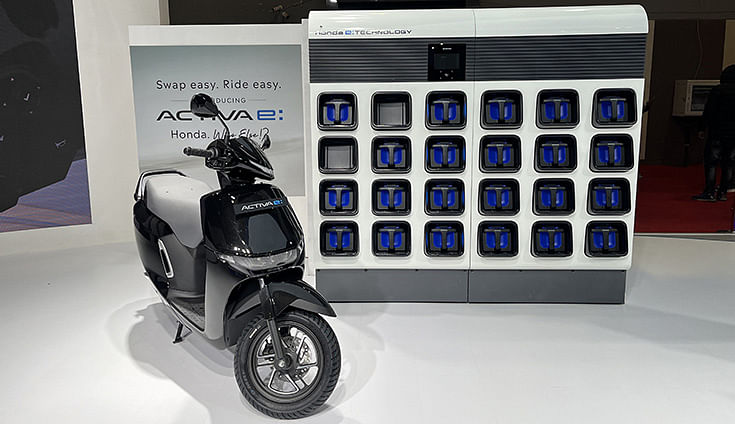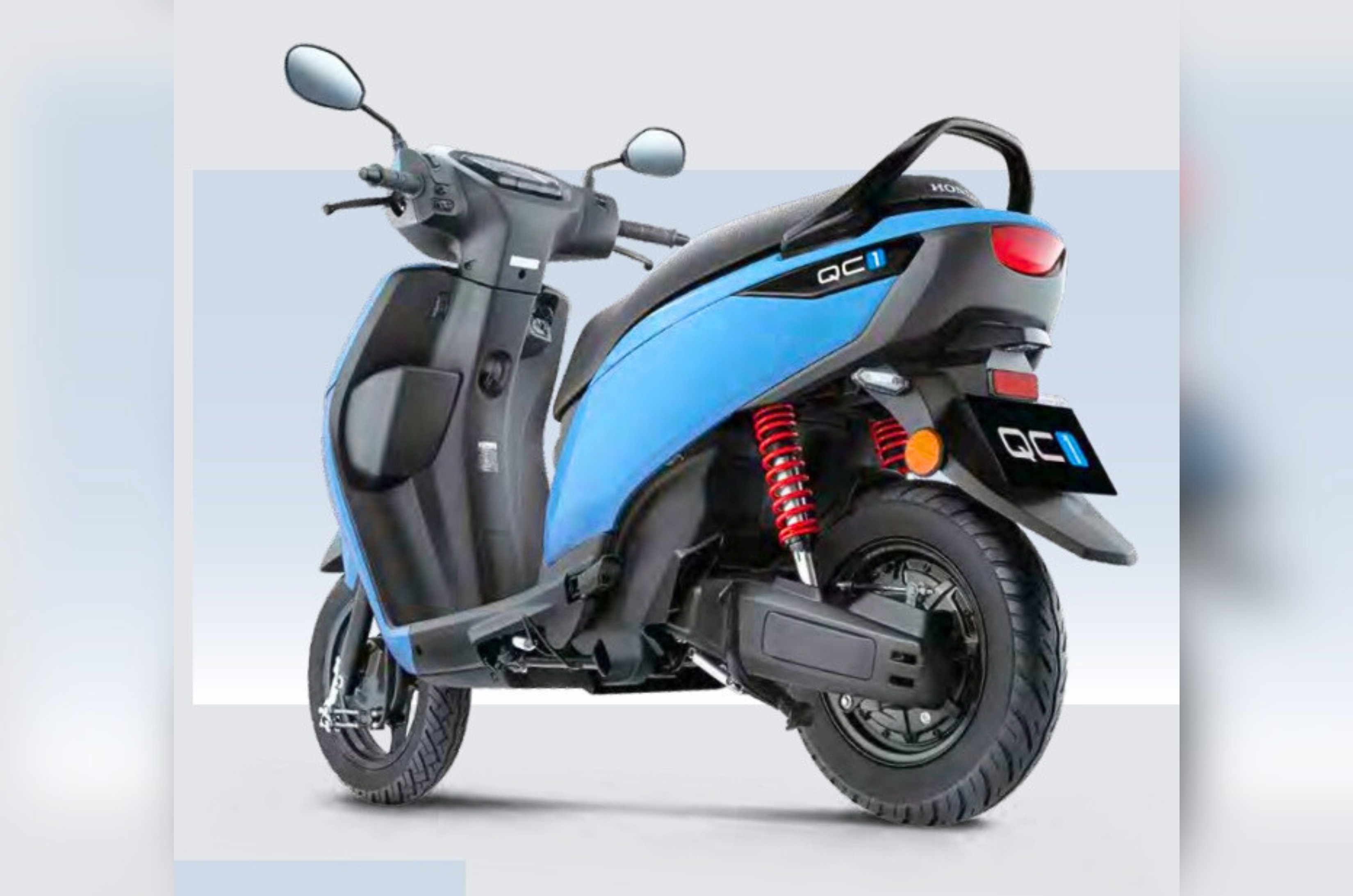Honda Motorcycle & Scooter India (HMSI), which entered the electric two-wheeler market earlier this year, has completed six months of production and sales of its two electric scooters – the Activa e and QC1. Between February and July 2025, HMSI has produced a total of 11,168 units of the two EVs and sold 5,173 units. Deliveries of the Activa e and QC1 began in March 2025.
 HMSI’s Narasapura plant in Karnataka has manufactured 11,168 units of the Activa e and QC1 in the past six months. Total wholesales are 5,173 units with the QC1 accounting for the bulk of the dispatches to dealers.
HMSI’s Narasapura plant in Karnataka has manufactured 11,168 units of the Activa e and QC1 in the past six months. Total wholesales are 5,173 units with the QC1 accounting for the bulk of the dispatches to dealers.
QC1 outselling the Activa e by a big margin
HMSI’s zero-emission e-scooters are manufactured at its Narasapura plant in Karnataka. While the Honda Activa e comes with a swappable battery and is meant primarily for personal commuting, the Honda QC1 (equipped with a fixed battery) is targeted at gig-worker operations and is more of an affordable urban runabout.
Wholesales data reveals that the QC1, thanks to its user-friendliness when it comes to charging at home, is outselling the Activa e which has to bank on Honda swapping stations to be ‘juiced up’.
In the first five months of sales (February-June 2025), Honda sold 4,950 units of these two EVs. This total comprises 4,252 units of the QC1 and 698 units of the Activa e, which shows that the QC1 accounted for 86% of the combined sales.
On the retail sales front, as per Vahan data, a total of 1,814 Honda e-scooters were sold from March 1 through to August 17, 2025, with the highest monthly retails being 409 units in July.
The Activa e, which looks far more stylish than its ICE sibling and India’s best-selling scooter the Honda Activa, has two variants – standard (Rs 117,428, ex-showroom Delhi) and RoadSync Duo (Rs 152,028) – has a 102km claimed IDC range, does the 0-60kph sprint in 7.3 seconds and an 80kph top speed.
The Activa e: is sold through existing Honda Red Wing dealers, with a ‘shop-in-shop’ concept as part of a phased rollout with Concept Stores opening in some cities. There are over 80 Honda Power Pack e: battery-swapping stations in Bengaluru, which was the first market where the Activa e: was launched, and they are being introduced in Delhi and Mumbai where bookings have opened.
 Swapping the Activa e’s depleted battery packs with two new fresh ones at a Honda swapping station is a smooth affair and takes less than two minutes.
Swapping the Activa e’s depleted battery packs with two new fresh ones at a Honda swapping station is a smooth affair and takes less than two minutes.
What differentiates the Activa e from the many e-2W rivals in the market are its swappable batteries. While swapping the depleted battery packs with two new fresh ones at a Honda swapping station is a smooth affair and takes less than two minutes, there is no provision to charge them at home which is an EV-specific convenience factor e-2W users are now comfortable with. This, probably, reflects in the slow customer demand for the Activa e. Ease of use will, therefore, be reliant on the number of Honda battery swapping stations in each city where the product is on sale.
HMSI plans to have over 250 stations in Bengaluru by 2026, with swapping points located within every 5km in the city. Customers will have to pay per swap, and Honda also sells the Activa e: with a Battery-as-a-Service option. The company has two plans on offer for use of its battery swapping infrastructure. While the first one charges the customer Rs 2,000 a month for 35kWh, the second one costs Rs 3,500 a month and gives 87kWh. HMSI claims you can do 40km a day with the first BaaS plan and 100km with the second.
 While the Activa e: is powered by two swappable 1.5kWh batteries, the Honda QC1 is powered by a sole 1.5kWh fixed battery.
While the Activa e: is powered by two swappable 1.5kWh batteries, the Honda QC1 is powered by a sole 1.5kWh fixed battery.
The QC1, Honda’s more budget-friendly EV, is priced at Rs 90,022 (ex-showroom Delhi) which is lower than the TVS iQube or the Bajaj Chetak. The QC1 is the most affordable Japanese electric scooter in India, has a claimed top speed of 50kph, does the 0-40kph in 9.4 seconds and delivers a claimed IDC range of 80km.
The QC1, which is essentially an eco-friendly urban runabout, is now available in six cities including Bengaluru, Hyderabad, Mumbai, Pune, Delhi and Chandigarh.
While it’s early days yet for the two Honda electric scooters in India, the stylish Activa e seems to be a product ahead of its time and a lot depends on how fast Honda expands its swappable battery network for it to draw buyers. Meanwhile, demand for the QC1 is picking up albeit slowly.
With inputs from Autocar India
ALSO READ: Electric 2W sales cross 700,000 in first seven months of 2025, TVS tops in last four
Honda Activa e review: promising EV, just not today
